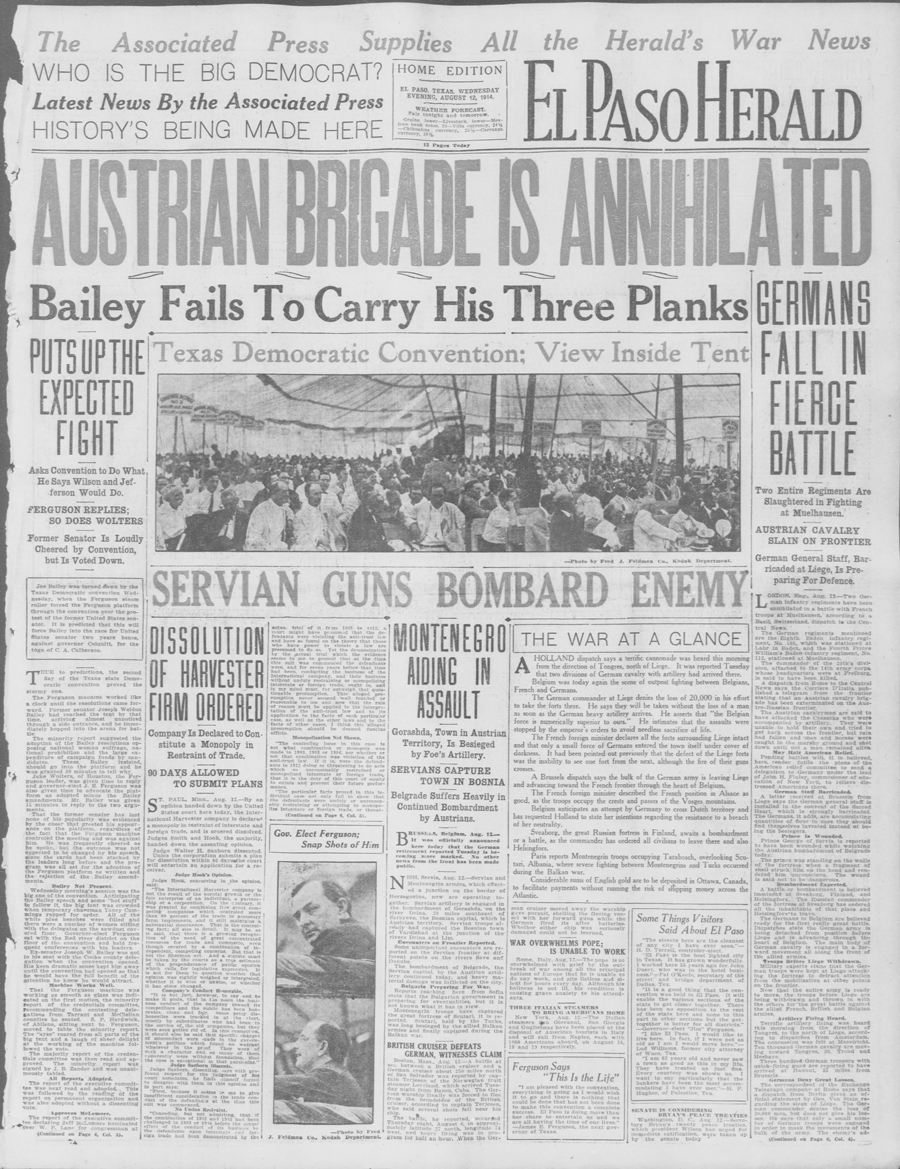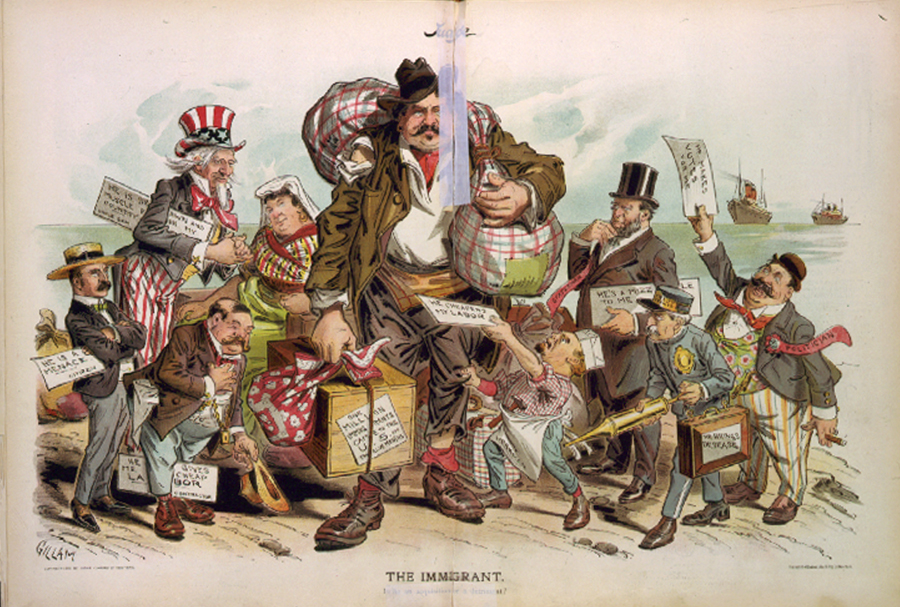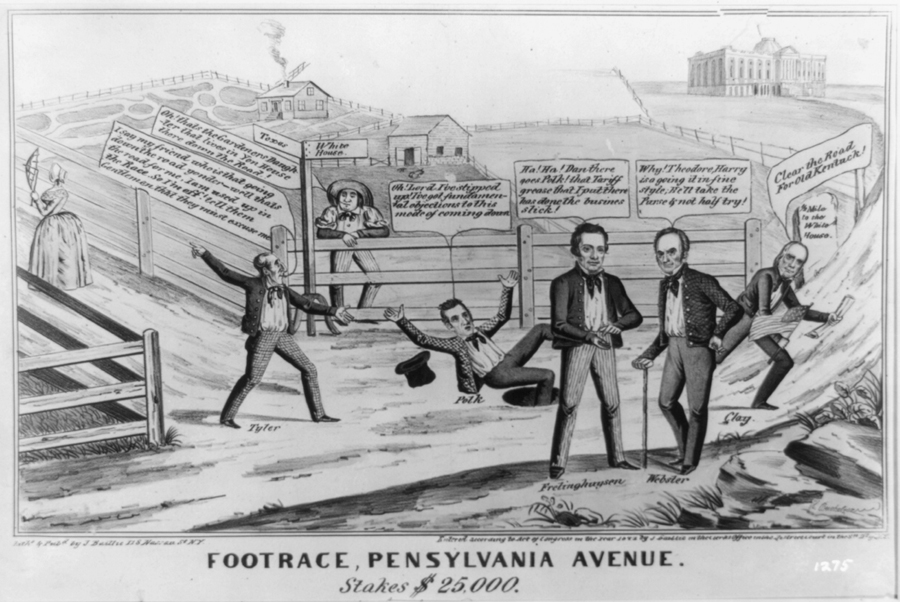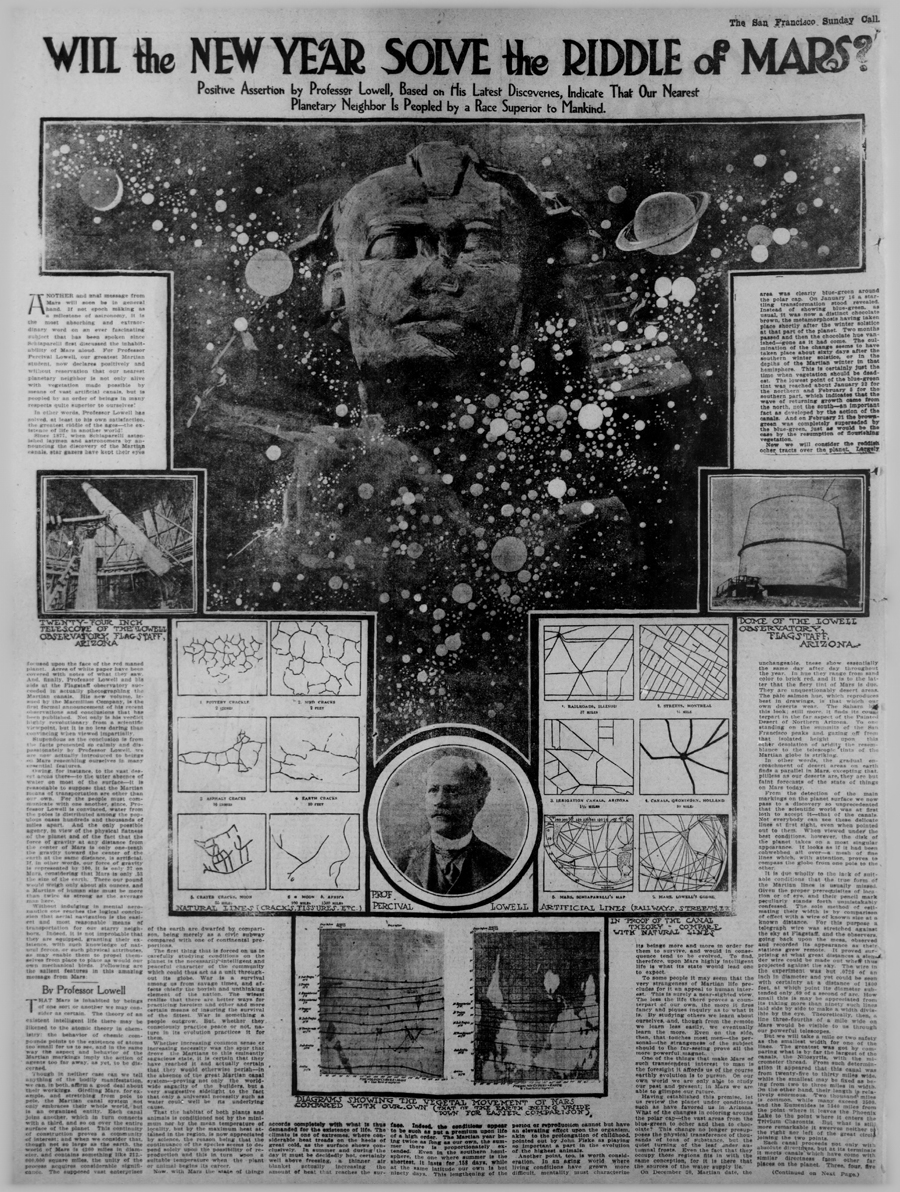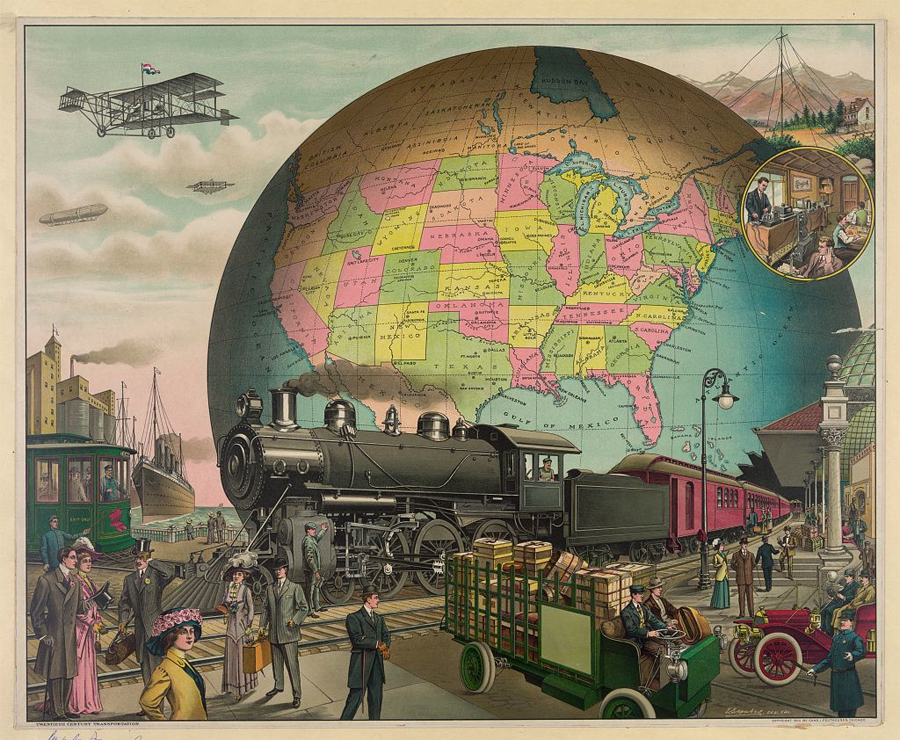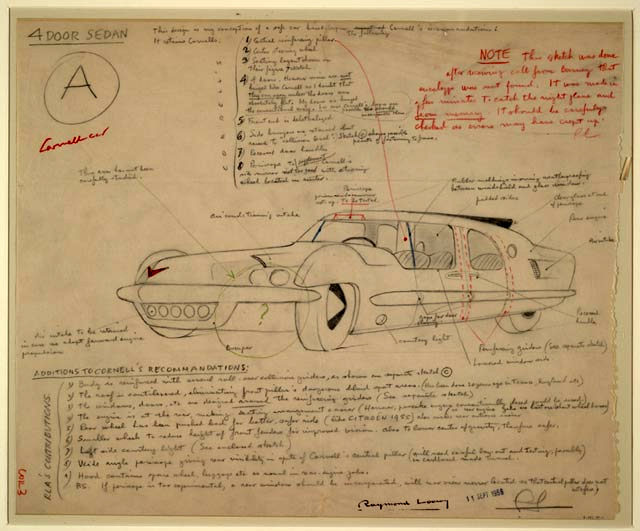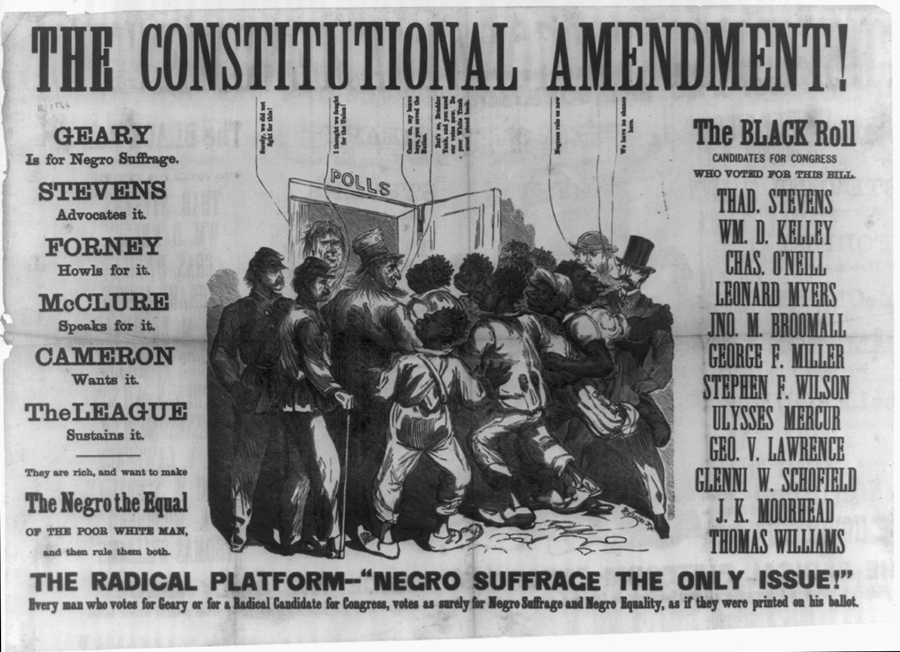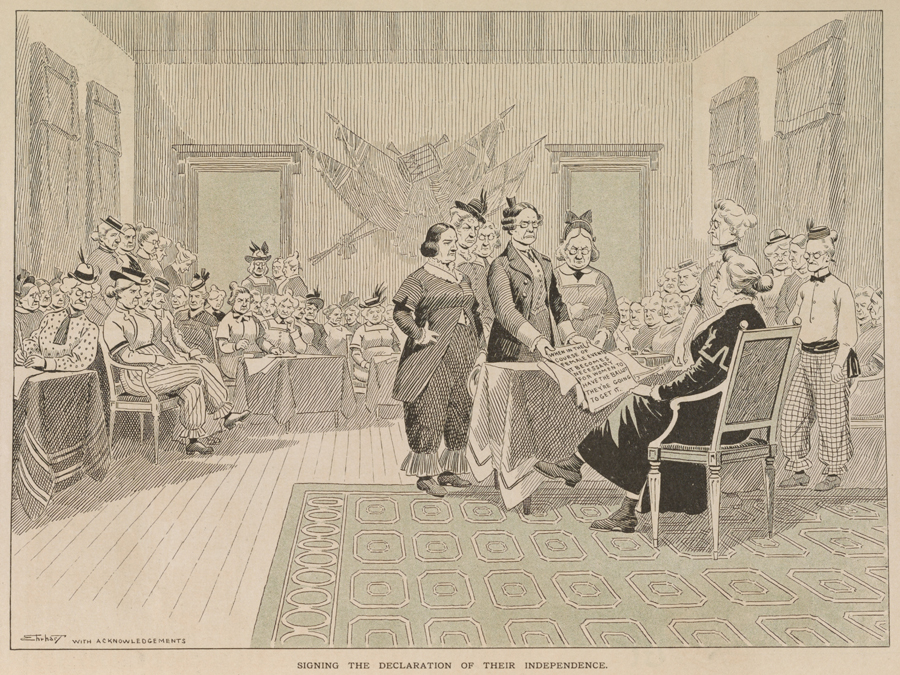Guided Primary Source Analysis: At School
What are the children doing in this photo? Be specific and use details from the image to support your conclusions. Compare and contrast this classroom with yours. What are the similarities and differences? Look at this image of where the children gather before school. What do you notice? Read the source record. How does this…

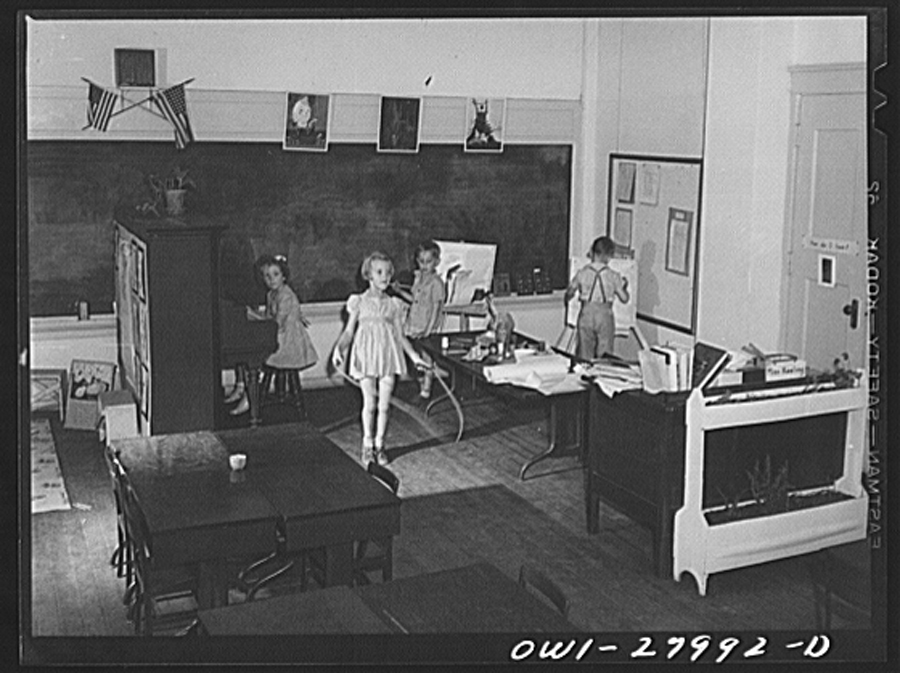
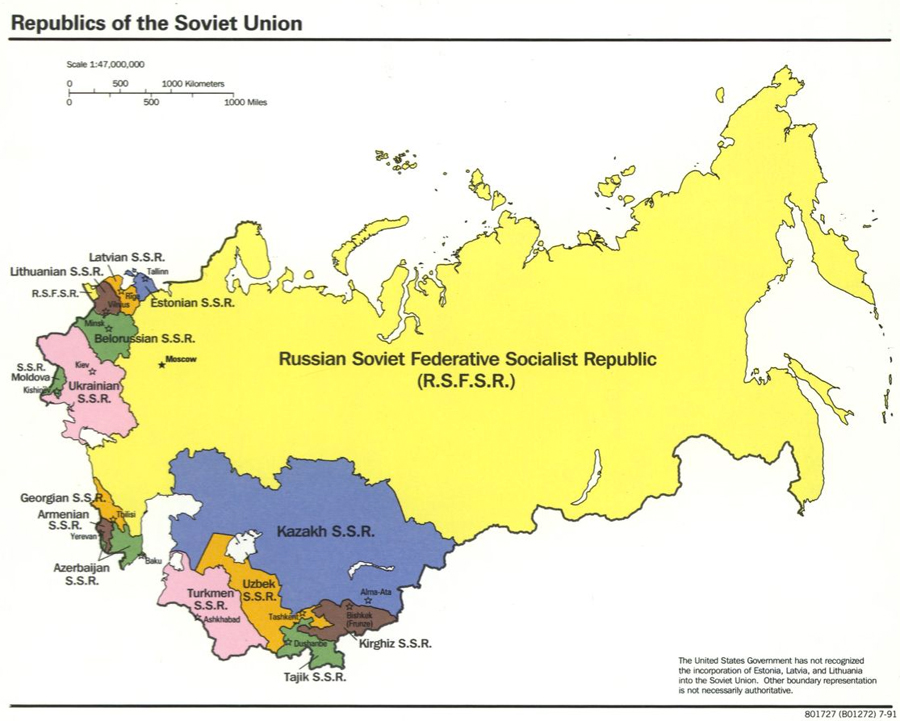
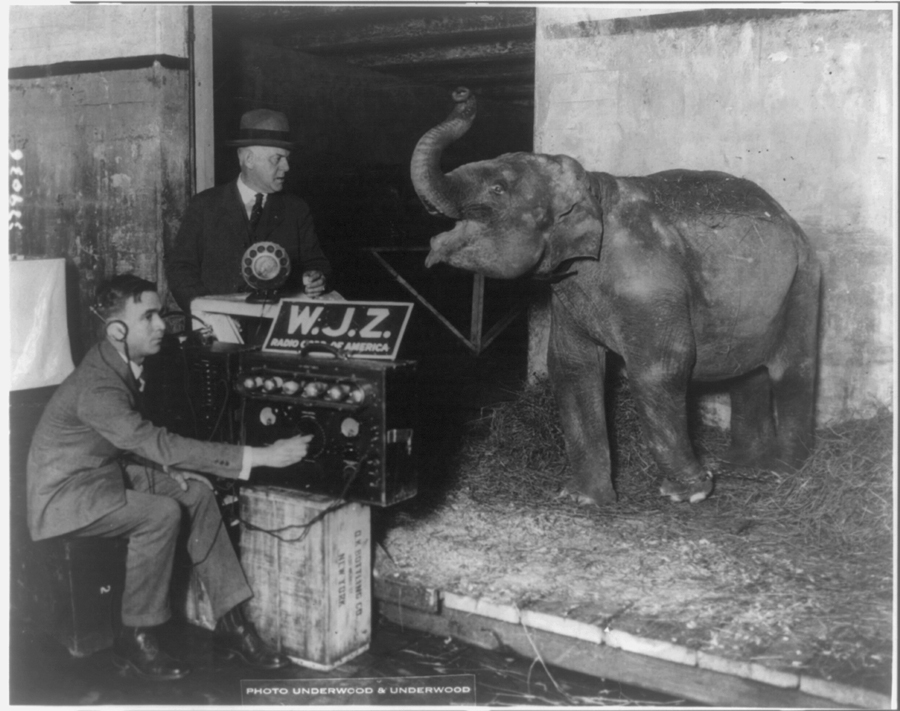
![Gold Medal Flour Ad. New-York tribune. (New York [N.Y.]), 10 March 1900](https://primarysourcenexus.org/wp-content/uploads/2014/08/goldmedalflour.jpg)
